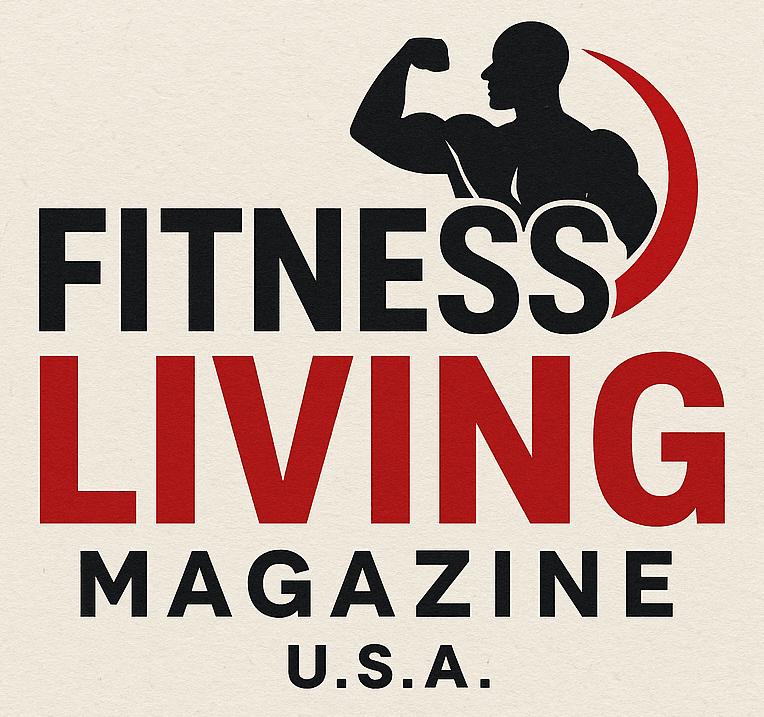
The Pursuit of a Flat Stomach: Goals and Challenges
In today's culture, many people strive for a flat stomach and a small waist. This desire goes beyond aesthetics; it often relates to health and wellness. A healthy body composition can reduce the risk of various diseases like diabetes and cardiovascular issues.
In "30-Min Easy Lower Belly Fat Exercises to Get a Flat Stomach & Small Waist," the video explores effective techniques to combat stubborn belly fat, providing insights that are particularly valuable for trainers and gym owners.
However, achieving a toned lower belly can be one of the toughest challenges for many fitness enthusiasts. Newcomers to their fitness journeys may feel overwhelmed by the sheer volume of contradictory information out there. Moreover, countless methodologies exist, making it crucial for trainers and gym owners to understand what truly works for their clients.
Effective Lower Belly Fat Exercises: What to Choose
In the video, "30-Min Easy Lower Belly Fat Exercises to Get a Flat Stomach & Small Waist," the speaker highlights several targeted exercises aimed at reducing stubborn belly fat. Commonly recommended moves like planks, leg raises, and bicycle crunches can help effectively tone the lower abdominal area.
Trainers should guide their clients through these exercises and emphasize the importance of proper form to maximize results and minimize injury risks. Not all exercises suit everyone, so it's vital for trainers to customize routines according to individual client needs and conditions.
Nutrition's Role in Achieving a Flat Stomach
While exercise plays a significant role in losing belly fat, nutrition is equally important. Consuming a balanced diet rich in vegetables, lean proteins, and healthy fats can amplify the impact of workouts. Incorporating foods that promote metabolism, like green tea, is another strategy that clients can adopt.
Education will empower trainers to better advise their clients. Clients need guidance on meal prep and planning to support their fitness goals; this is often where many falter. Encouraging healthy eating habits from day one can set the framework for a successful weight loss journey.
The Importance of Realistic Goals
Setting clear, achievable objectives is essential for sustained motivation. Many individuals hope to lose belly fat quickly, but it is crucial to maintain realistic expectations. Trainers and gym owners should educate their clients about the biological factors in play, which can often stall progress. Patience and persistence are undoubtedly key when attempting to reshape the body.
Clients may also benefit from tracking their progress in a tangible way, whether it’s through body measurements or progress photos. This can help maintain motivation and provide evidence of their hard work paying off.
Mindset: An Often Overlooked Component
Mindset plays a substantial role in achieving fitness goals, particularly for those focused on losing belly fat. The journey can be long and filled with ups and downs, making a positive mindset essential for resilience. Trainers can help facilitate this via motivation and support, providing a psychological framework for their clients.
Sharing inspirational stories and engaging clients with group workouts can foster a sense of community, pushing each individual to stay committed to their journeys.
Final Tips for Trainers and Gym Owners
The video effectively streamlines a straightforward approach to getting clients involved in lower belly fat exercises. To that end, gym owners and trainers might consider holding workshops that teach these fundamental exercises. This can help educate clients and give them the confidence they need to do them on their own.
Additionally, encouraging open dialogue within the gym can create an atmosphere of collaboration. Clients who feel supported and guided are more likely to persist with their fitness endeavors. These elements can be the differentiators between success and failure in the pursuit of fitness goals.
Earn Trust Through Authentic Support
Lastly, it is vital to build trust and rapport with clients. If trainers can genuinely express their investment in a client’s journey, individuals are more likely to feel comfortable discussing struggles and setbacks, leading to a greater chance of success.
Encouraging community-based workouts and nutritional learning sessions can also boost participation, making clients feel included. Understanding their needs holistically allows trainers to offer the complete package of physical and emotional support.
 Add Row
Add Row  Add
Add 



Write A Comment